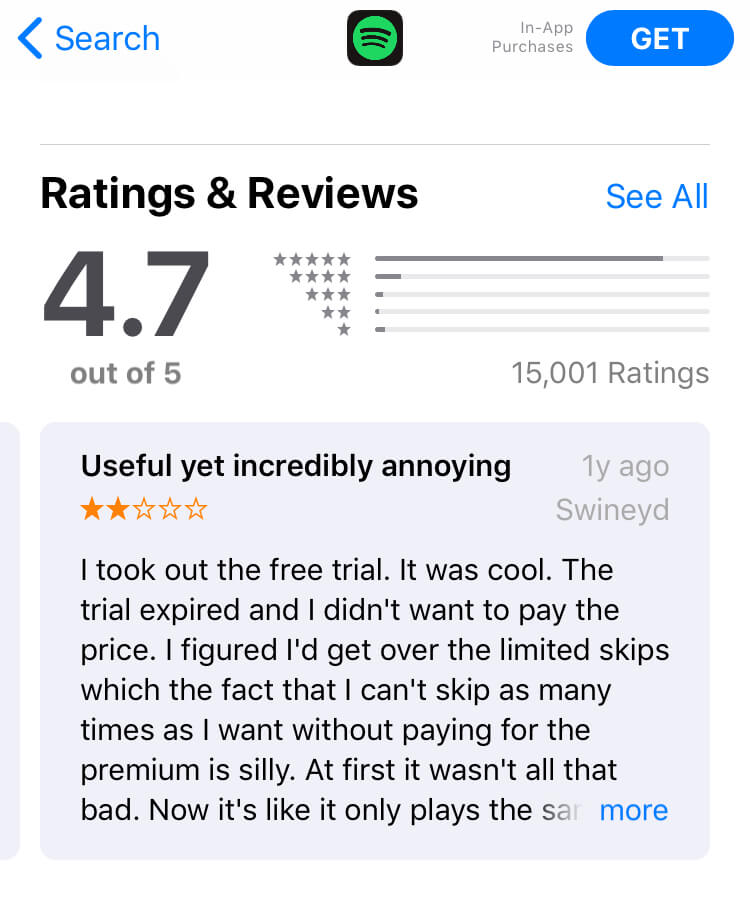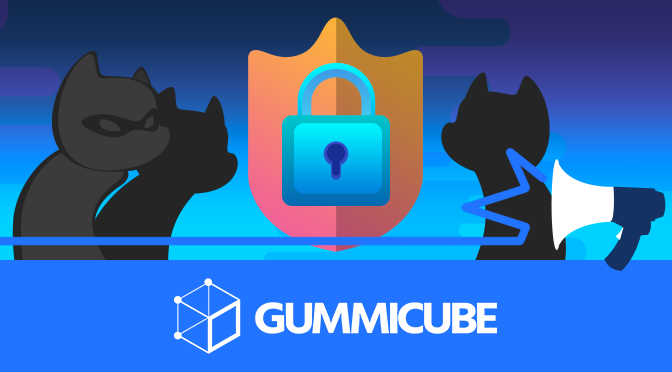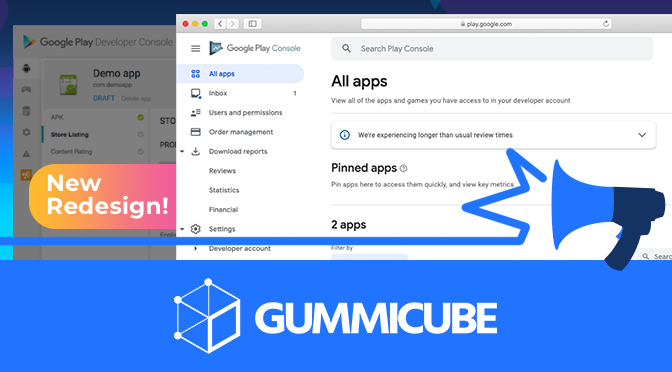
App Store Holiday Schedule 2020
Posted on November 23rd, 2020
When is the App Store Holiday Schedule 2020? Learn about the dates of this year's shutdown and how to prepare.

Despite the anticipation behind iOS 11, many users and developers alike took note that the App Store was prioritizing old reviews first when the beta for iOS 11 was released, but now that it has launched, it seems those old reviews are still present. Previously, users could sort reviews by “Most Recent,” “Most Helpful,” “Most Favorable” or “Most Critical. Without those filter options, users are stuck seeing old reviews on outdated version of an app.  Many developers are worried that these old reviews could deter new users from converting, meaning that they are losing out on improving their install and retention rate despite their app no longer having these issues brought up by users. While developers are worried about what their users are thinking, there is a way to combat old reviews until Apple either shows reviews in reverse chronological order or adds filter for users. Developers can take advantage of replying to old reviews to encourage users to either test the current version of the app and hope they write a new review or update their previous review with high star ratings.
Many developers are worried that these old reviews could deter new users from converting, meaning that they are losing out on improving their install and retention rate despite their app no longer having these issues brought up by users. While developers are worried about what their users are thinking, there is a way to combat old reviews until Apple either shows reviews in reverse chronological order or adds filter for users. Developers can take advantage of replying to old reviews to encourage users to either test the current version of the app and hope they write a new review or update their previous review with high star ratings.
Replying to reviews is necessary in the overall scheme of maintaining an app. Developers that engage with their users directly can see increases in conversion rates, install rates, and retention rates. Positive ratings and reviews tend to encourage users to download or purchase the app. When users see developers are actively providing great responses or assisting users through an issue, they feel inclined to download, thus improving the app’s rating.
Apple didn’t make replying to reviews available to developers until iOS 10.3, which didn’t launch until April 2017. Thus, many old reviews have been forgotten by developers. To be proactive, developers should engage users and reply to old reviews to let them know of new updates or fixes. Developers can take time to look at the App Store and see what reviews are appearing first to determine what version of the app the users left the review for. From there, engaging with users regardless of whether the issue was resolved or is still an actively known complaint encourages user interaction. While it may look good to respond to all old reviews that currently appear on the product page, developers should prioritize reviews with lower star ratings. First, address reviews that mention issues that affect users such as crashing, freezing, or possible bugs.  Even though the old review may not address a current issue or suggests features that have already been added, the developer should stay on topic and foster a positive experience for the user.
Even though the old review may not address a current issue or suggests features that have already been added, the developer should stay on topic and foster a positive experience for the user.
It is unknown when or if Apple will release an update that fixes old reviews appearing first or bring back the old filter tab. This could be a bug that Apple is working on fixing, but the company has not made a comment as of yet regarding the situation. For the time being, developers can go through old reviews and prioritize which reviews should be responded to first in an effort to show their users they care and are interested in creating a positive, beneficial environment. Despite these reviews being old and perhaps not relevant, a developers’ response will show indecisive users that they are interested and valued what their users have to say. In doing so, developers will encourage a positive dialog which will improve the app and users’ confidence, increasing downloads, app purchases, and overall approval rate.

When is the App Store Holiday Schedule 2020? Learn about the dates of this year's shutdown and how to prepare.

Apple's App Store Guidelines have strict privacy requirements. Developers now must provide information to users on the App Store listing regarding the data they access.

The Google Play Developer Console has been updated with a new design and adjusted tools. What's different, and how will it impact App Store Optimization?